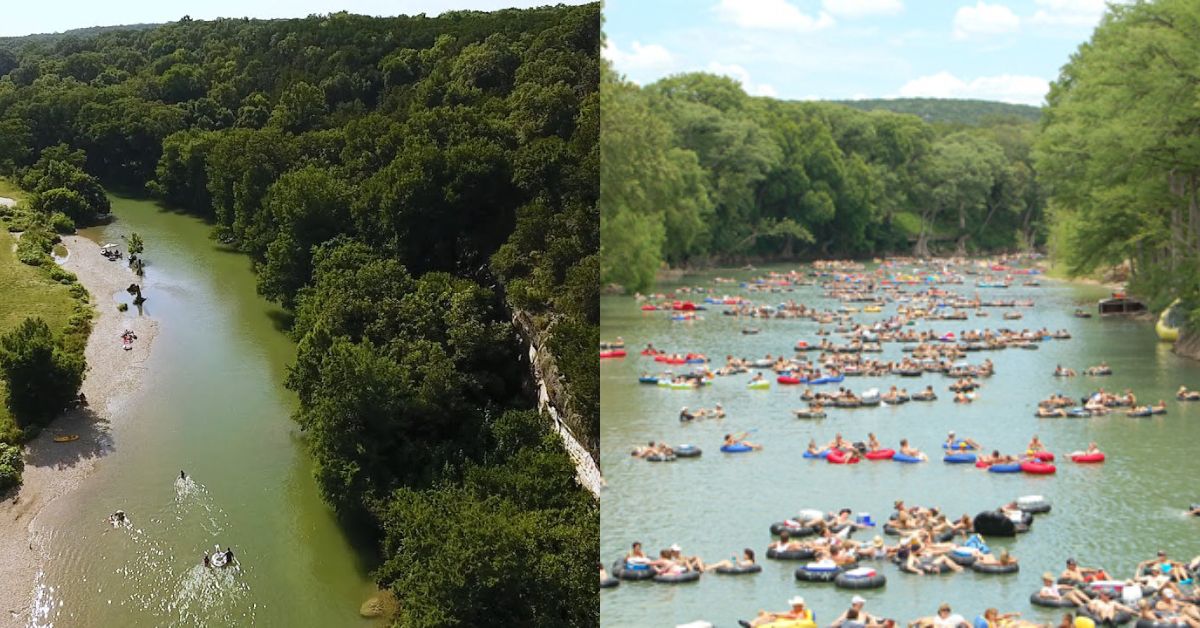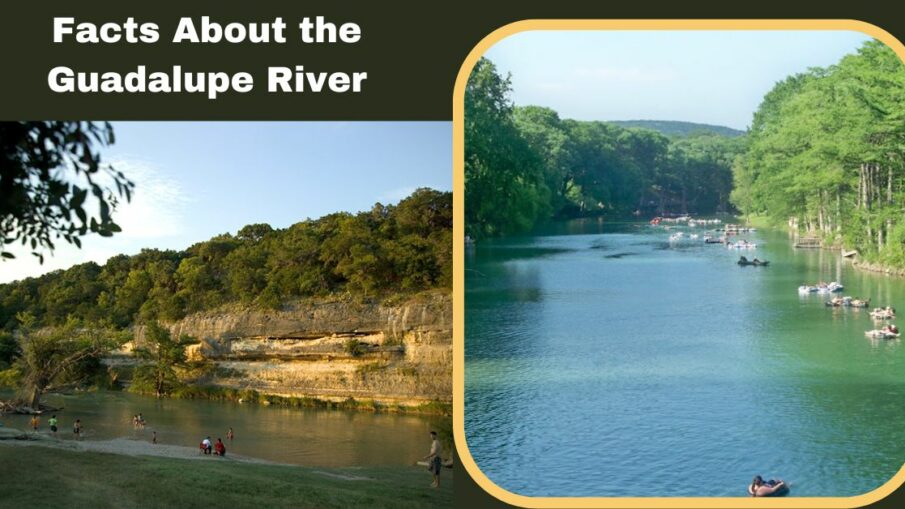Rivers are very significant to many people and cultures. The Guadalupe River is a significant river in Texas and has been utilized for a variety of purposes over the years. There are many facets to this significant canal, from its history as a gathering place for local native people tribes to its present-day use as a fishing and recreation location.
Today, we’ll examine the Guadalupe River and uncover some of its most intriguing facts. Let’s start by learning everything there is to know about the Guadalupe River.
1. The Patron Saint of Mexico
The river’s original name honors Our Lady of Guadalupe, who also happens to be Mexico’s patron saint. Before the United States acquired the area, in 1689, when the Spanish were exploring the region, Alonso de Leon gave it its name. The name has existed for more than 300 years at this point.
2. Ancient Habitation
Although Alonso de Leon gave the Guadalupe River its current name, it has a long history prior to the arrival of Spanish settlers. In reality, there have been people living around the Guadalupe shoreline for a number of thousands of years; some academics even assert that this was as far ago as 12,000 years ago.

The Coahuiltecans, Tonkawas, Karankawas, Lipan Apaches, and Comanches were among the tribes that lived there. Nevertheless, when compared to the broader timeline of people in the region, these tribes are quite recent and were only discovered by explorers.
Small artifacts discovered by archeologists provide the oldest evidence of human presence from the Archaic period.
3. The Flood of 1987
Unfortunately, the Guadalupe River was also the scene of a devastating flood in 1987 that claimed the lives of 10 kids. The high headwaters of the river basin received 5 to 10 inches of rain from a series of thunderstorms, which led to a big flood wave that stopped a bus as it tried to depart a church camp.
A surge that surged down the river carried the children away as they attempted to flee the bus. Nearly a quarter of the 39 children who were swept away could not be saved.
4. 230 Miles From End to End
The Texas Hill Country, which is smaller, faster, and more like a stream, is where the upper portion of the Guadalupe River starts. The Guadalupe River divides into two branches, the North Fork and South Fork, before flowing southeastward towards the ocean.
Rafting, kayaking, and other boating activities are quite popular in the area between the Canyon Dam and the city of New Braunfels, where the river’s lower reaches start at the lake’s outlet.
It merges with the San Antonio River near Tivoli, forms a sizable delta zone, and ultimately empties into the San Antonio Bay Estuary at Guadalupe Bay. The river is 230 kilometers long when measured end to end.
Please click on the following link if you are interested in learning more information about the natural world:
- 15 Fascinating Facts About Feigefossen: Norway’s Natural Wonder
- 14 Fascinating Facts About Garden Creek Falls
- 11 Fascinating Facts About Geroldsauer Wasserfall
5. Boating, Tubing, and Fishing
The Guadalupe River is by far most frequently used for fun and enjoyment. Whitewater rafting and kayaking are very prevalent, and most skill levels can access parts of the rapids. Although many other portions of the river are used, the area between Canyon Dam and New Braunfels is the most popular for non-motorized boating.
Recreational fishing is also quite popular, in addition to boating. The river’s central location (between San Antonio and Austin) contributes to its popularity throughout most of the year.
6. A Whole Lot of Native Wildlife
Life thrives in rivers, and the Guadalupe is no exception. In fact, vegetation and animals in particular depend on these rivers to thrive because a large portion of Texas is dry and arid. The river is home to more than 100 different kinds of fish, some of the more popular ones being rainbow and brown trout, largemouth and smallmouth bass, catfish, and sunfish.
There are also many birds, including hawks, bald eagles, herons, egrets, and kingfishers. Along the coastlines are mammals, reptiles, and amphibians like frogs, turtles, and deer. Overall, rivers like the Guadalupe host thousands of species, many of which are endemic to the region (like the Guadalupe bass!).
7. The Texas Water Safari
The Guadalupe River is a component of the Texas Water Safari, a 260-mile canoe route! The race, which is recognized for being very challenging, begins in San Marcos and ends in Seadrift each year. Despite initial COVID-19 hiccups, the event has continued to be held since it was first held in 1963.
8. Dam-Controlled Flow
The Guadalupe River no longer flows in the manner that we often associate with rivers. For various purposes, including flood control, the production of drinking water, or the generation of electricity, the system as a whole has multiple dams and reservoirs. In reality, a dam resulted in the building of Canyon Lake, which is still a crucial component of Texas’ infrastructure (and recreational space) today.
Hope you like it. Stay tuned with us on Thegeofacts.com for more amazing updates.


Leave a Reply